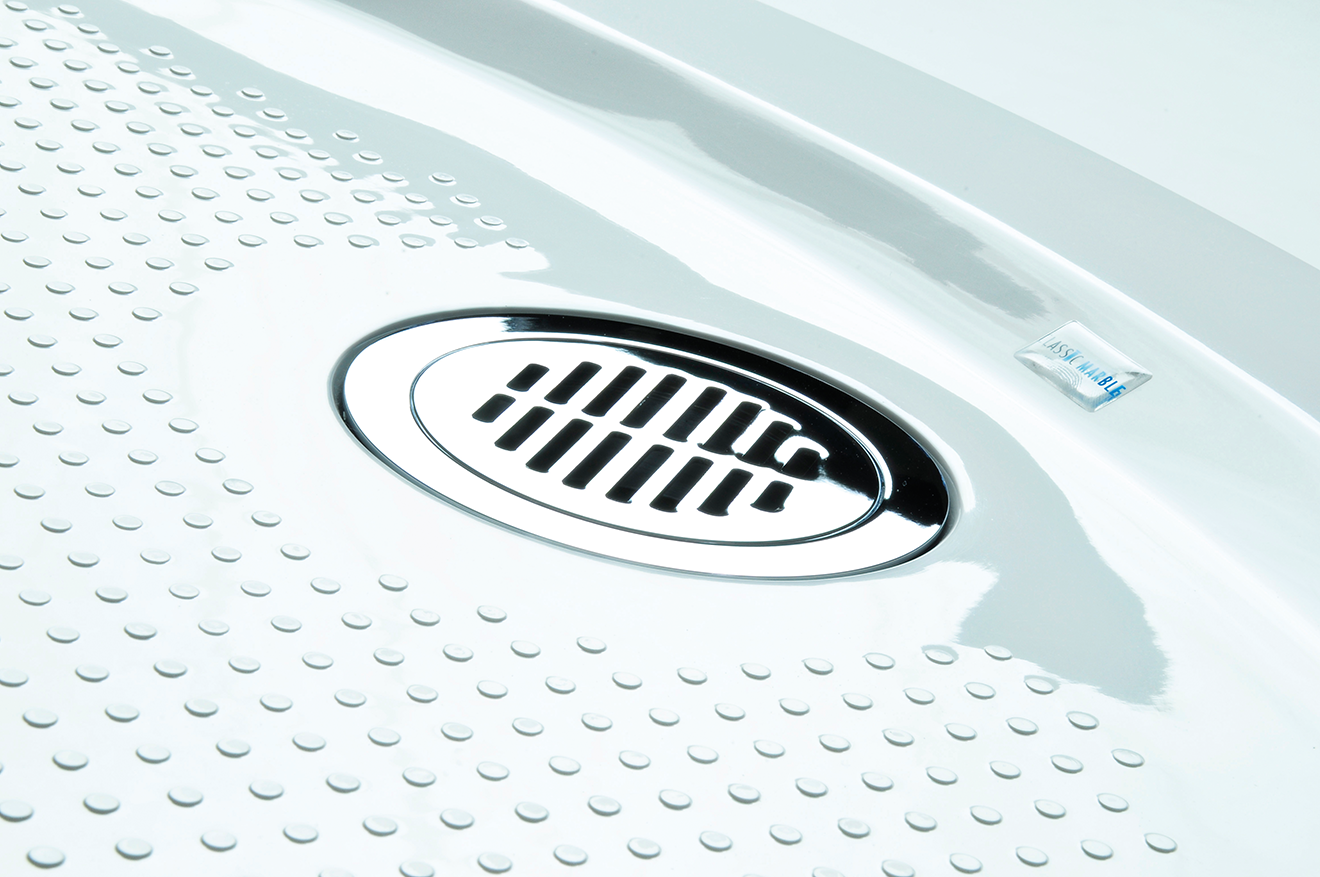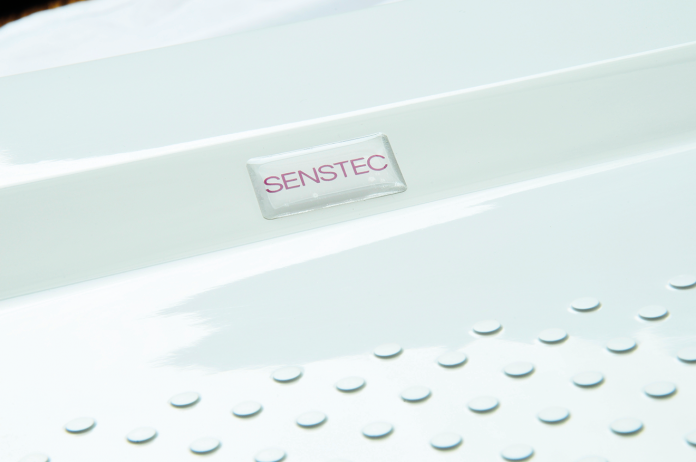We have all heard of anti-slip shower trays. It would be safe then to assume then that there must be documentation somewhere giving guidance on what makes a shower tray anti-slip and what category of anti-slip it has.
In accordance with the EU Construction Products Regulations and EN 14527, all manufacturers of shower trays sold within the EU must have their shower trays CE marked. Whilst drawing attention to the potential for slipping to increase when the shower trays are wet, it does not detail particular tests or technical parameters for shower trays in relation to slip resistance.
So, as manufacturers, specifiers, sellers, installers or end users, this does not offer much guidance. This fact was not lost on the Royal Institute of British Architects who have added the CPD module ‘SENSTEC, Anti-slip Shower Tray: The Next Generation’ to its core curriculum.
 Our team was set the task to research and use the most relevant international standards on slip resistance that we could then apply to shower trays to design and manufacture an innovative anti-slip shower tray for use with barefoot, wet, and importantly, soapy conditions. The challenge also included ensuring that the tray is as easily cleaned as a normal shower tray, offers a verifiable positive user experience and has no limitations on use throughout its lifetime.
Our team was set the task to research and use the most relevant international standards on slip resistance that we could then apply to shower trays to design and manufacture an innovative anti-slip shower tray for use with barefoot, wet, and importantly, soapy conditions. The challenge also included ensuring that the tray is as easily cleaned as a normal shower tray, offers a verifiable positive user experience and has no limitations on use throughout its lifetime.
From the outset, we agreed that we should adopt an engineered solution and make the anti-slip design an integral part of the mould that all shower trays would be produced from. We also agreed that the anti-slip profile should be made from the same material as the rest of the shower tray surface, ensuring no limitations of use. This led us to ask for help from the aerospace tooling industry, such was the expertise and precision engineering this project required.
From a testing point of view, we decided to use two different methods. The Pendulum Test (BS 7976-2:2002) and the Ramp Test (DIN 51097). As it turned out it was relatively straight forward to meet the best categories of slip resistance with these test methods. However, at the same time, we had to be mindful that the surface was comfortable to stand on and as easily cleaned as a normal shower tray.
It wasn’t until we had manufactured, internally tested and assessed the feedback on Prototype Tool #42 that we were happy to put the design forward for more rigorous, third party, UKAS accredited laboratory testing and user experience testing, utilising the expertise of the Podiatry Department of the University of Ulster.
Third party testing placed our trays into the best classification possible for slip potential in both the Pendulum and Ramp tests while the user experience tests produced the verifiable results we had targeted, resulting in the successful launch of Senstec.
Senstec is manufactured to not only meet but to push the boundaries of existing legislation, setting new standards in terms of shower trays. A proud moment for everyone at Classic Marble (Showers) Ltd.

T: 0044 (0) 28 8556 8081
E: christopher@classic-marble.com











